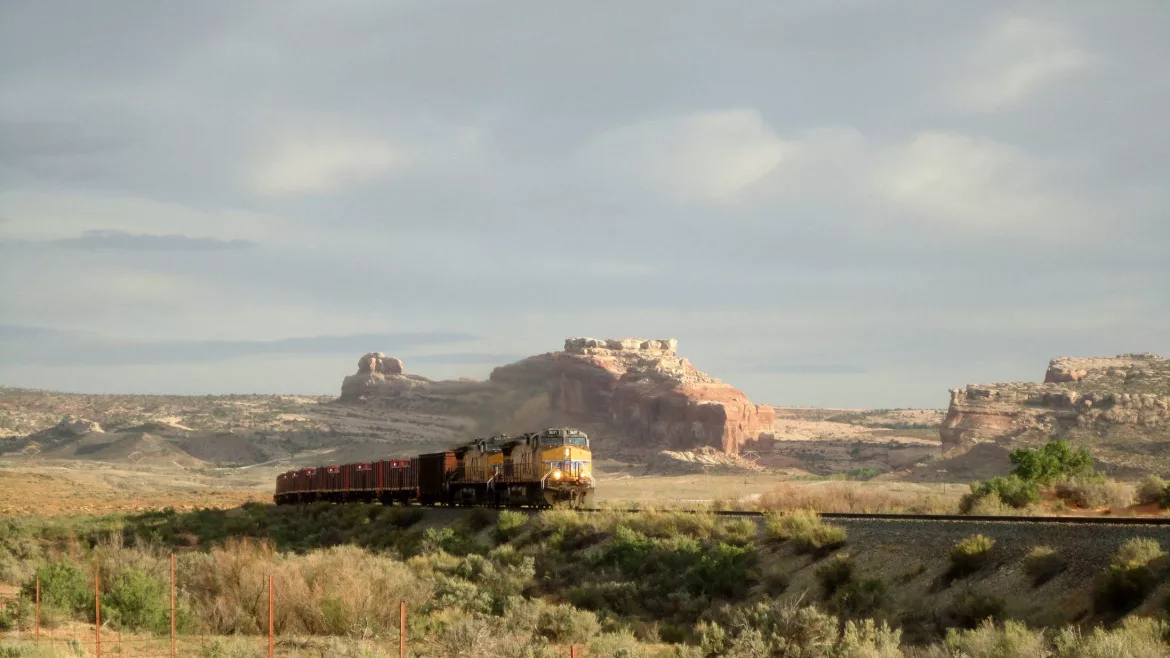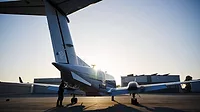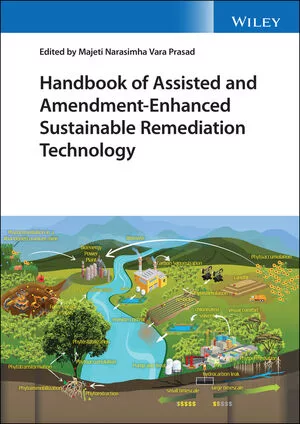EPA Launches Historic $183M Uranium Cleanup of Navajo Nation
First-ever complete removal of uranium mine waste marks turning point in decades-long environmental justice fight

The Department of Energy utilizes trains to transport uranium mining tailings.
Source: The U.S. Department of Energy
As a child herding her grandmother's sheep, Teracita Keyanna unknowingly wandered onto land contaminated with radioactive waste near her home on the Navajo Nation. For decades, her community has lived in the shadow of three abandoned uranium mines, their toxic legacy seeping into the soil, water, and lives of local residents.
"I feel like our community has finally had a win," says Keyanna, a member of the Red Water Pond Road Community Association, which has spent nearly two decades advocating for waste removal. "It'll help the community heal."
That win came on January 7, 2025, when the U.S. Environmental Protection Agency (EPA) announced an unprecedented decision: for the first time, uranium mine waste will be completely removed from Navajo Nation land, marking a historic shift in the federal government's approach to cleaning up the toxic remnants of the atomic age.
The $183 million cleanup operation, set to begin in early 2025, represents an unprecedented shift in environmental remediation strategy. Unlike previous "cap-in-place" approaches that simply covered contaminated sites, this plan calls for the complete removal of over one million cubic yards of radioactive waste from Navajo land.
The waste rocks from the Quivira mines site, located in the Churchrock community near Gallup, New Mexico, will be carefully hauled to a specially designed hazardous waste treatment facility, according to EPA's action memorandum. This marks the first time such a comprehensive removal approach has been attempted on Navajo land.
The project targets three distinct areas of the Quivira Mines site near Gallup, New Mexico:
- Church Rock-1 (CR-1): The largest section, spanning 42 acres and containing 929,000 cubic yards of waste
- Church Rock-1 East (CR-1E): A 10.5-acre site holding 50,400 cubic yards
- Kerr McGee Ponds: Nine acres containing 14,300 cubic yards
All waste will be transported to a newly created disposal repository at the Red Rocks Landfill property east of Thoreau, New Mexico. The New Mexico Environment Department will oversee the facility's construction, operation, and critically, its monitoring "in perpetuity" - a level of long-term environmental protection unprecedented in previous cleanup efforts.
Cold War Legacy: How Uranium Mining Devastated Navajo Communities
The Quivira Mines site tells just one chapter in a much larger story of uranium extraction on Navajo land. Between 1944 and 1986, mining companies extracted approximately 30 million tons of uranium ore from tribal territories, primarily to fuel America's nuclear weapons program during the Cold War. When the uranium market collapsed in the 1980s, companies abandoned their operations, leaving behind a toxic legacy that continues to impact Diné communities today.
The EPA's decision to move uranium waste off-site represents a landmark shift in federal policy, setting a potential precedent for future cleanup operations. This move aligns with long-standing calls from the Navajo Nation for the comprehensive removal of uranium waste, rather than merely capping it in place.
Community leaders view this as a crucial step toward addressing the hundreds of abandoned mines that have contaminated their land for decades. The decision signals a potential shift in how similar sites might be handled in the future.
Environmental Justice Victory: EPA's New Approach to Tribal Land Cleanup
The EPA's decision to move uranium waste off-site represents a landmark shift in federal policy, setting a potential precedent for future cleanup operations. This move aligns with long-standing calls from the Navajo Nation for the comprehensive removal of uranium waste, rather than merely capping it in place.
"This solution is a compromise that will get radioactive waste in this area off of the Navajo Nation as soon as possible," said Navajo Nation President Buu Nygren, acknowledging that while it may not fulfill all community wishes, it represents crucial progress.
James Kenney, Secretary for the New Mexico Environment Department, emphasized the collaborative nature of the effort: "In partnership, federal, sovereign, and state governments can make a difference in the health outcomes for residents of the Navajo Nation and New Mexicans."
While the Quivira Mines cleanup marks a pivotal moment, the broader challenge remains daunting. With over 1,200 abandoned uranium mines still posing environmental and health risks across the Navajo Nation, this project serves as a crucial test case for future remediation efforts.






